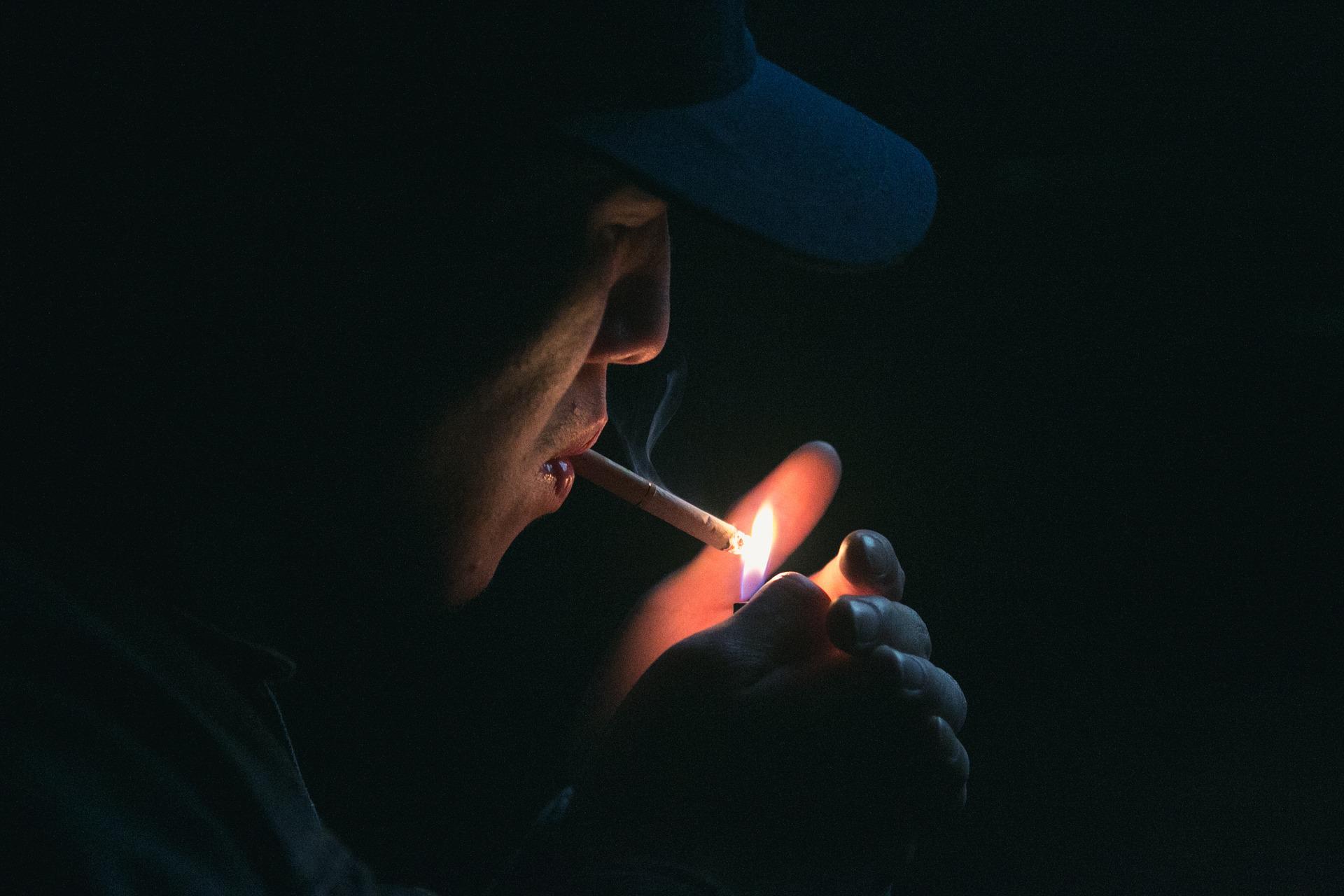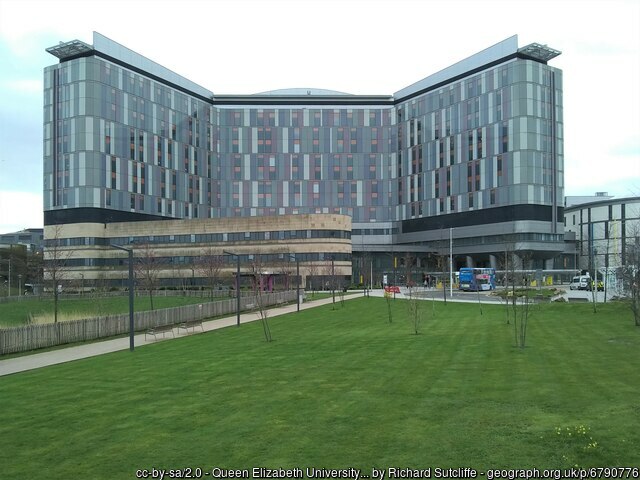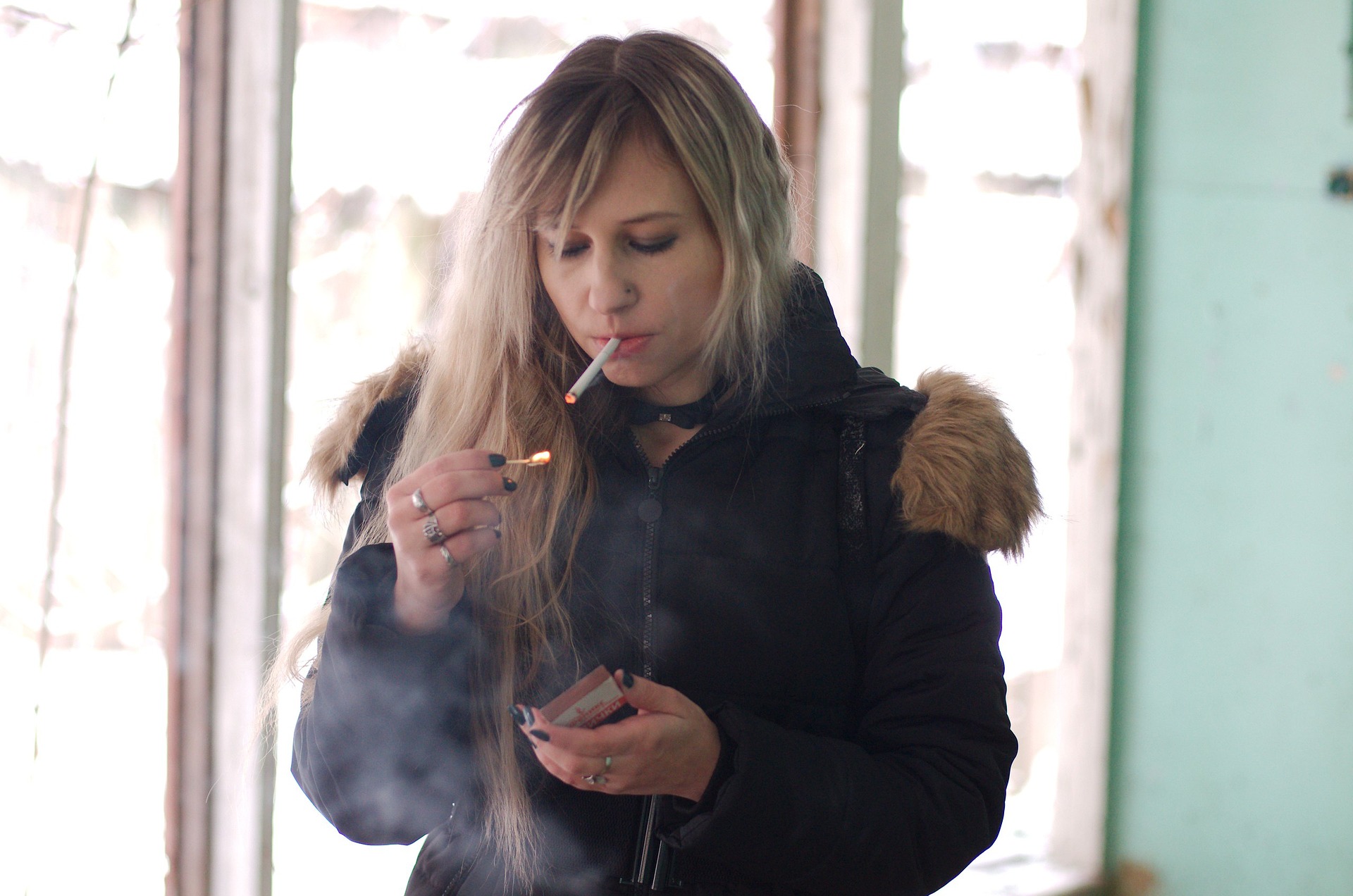New ban on Smoking Outside Hospital Buildings in Scotland
Read about the new ban on smoking outside hospital buildings in Scotland.

A new ban on smoking outside hospital buildings in Scotland is being introduced. This new policy has been created to provide an enforceable prohibition of smoking outside hospital buildings. It will create a smoke-free perimeter of 15-metres, reducing people’s exposure to second-hand smoke on the NHS hospital grounds, at entrances and near windows/vents to buildings.
The main aims of introducing a formalised no-smoking area around hospital buildings are to:
- Support the de-normalisation of smoking,
- Help reduce the use of tobacco across the population,
- Prevent or reduce exposure to second-hand smoke,
- To ensure NHS Scotland is an exemplar in promoting good public health.

Why is this being introduced?
The Smoking, Health and Social Care (Scotland) Act 2005 made it an offence to smoke in wholly or substantially enclosed public spaces, which includes inside a hospital building. In April 2015, all NHS boards in Scotland implemented smoke-free policies across their grounds. However, there have been significant compliance issues.
The Scottish Government established a strategy in 2013, “Creating a Tobacco-Free Generation”. This ambitious target hopes to achieve a tobacco-free generation by 2034. The vision is that a child born in 2013 would turn 21 in a country largely devoid of smoking, with an adult smoking rate of 5% or less. In 2018, there were updates to the strategy, and a refreshed Tobacco Action Plan will be launched in 2013.

How does this affect pancreatic cancer?
Research has considered smoking the most significant modifiable risk for pancreatic cancer, with 66% of current smokers having a higher risk of developing pancreatic cancer than those who do not. This is partly due to the carcinogenic compounds in cigarettes; these are the compounds that cause cancer. These compounds either directly or indirectly damage DNA, which causes cell mutations or changes how cells reproduce and die. When cells grow and multiply beyond control, tumours develop.
Those who smoke are at a greater risk of developing pancreatic cancer than those who have never smoked. Around 25% of all cases of pancreatic cancer can be linked back to smoking. Former smokers have a 40% higher risk of developing pancreatic cancer than those who have never smoked. However, this risk can be decreased by quitting smoking; after 20 years, the risk could equal someone who has never smoked.
The more that can be done to reduce smoking means we can prevent more people from developing pancreatic cancer in the first place.